Posted by Spartan Equipment on 28th Oct 2025
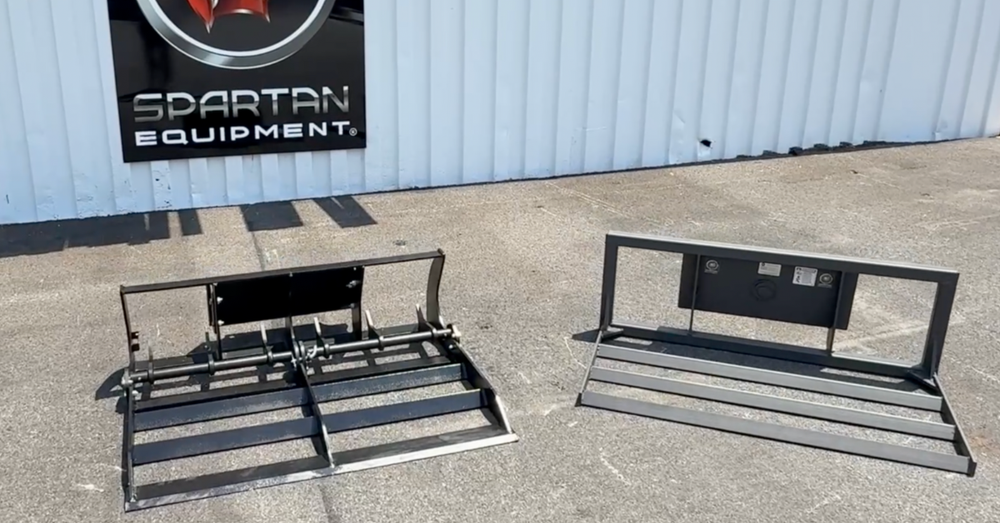
Maximizing Mini Skid Steer Productivity with Professional Land Leveler Attachments
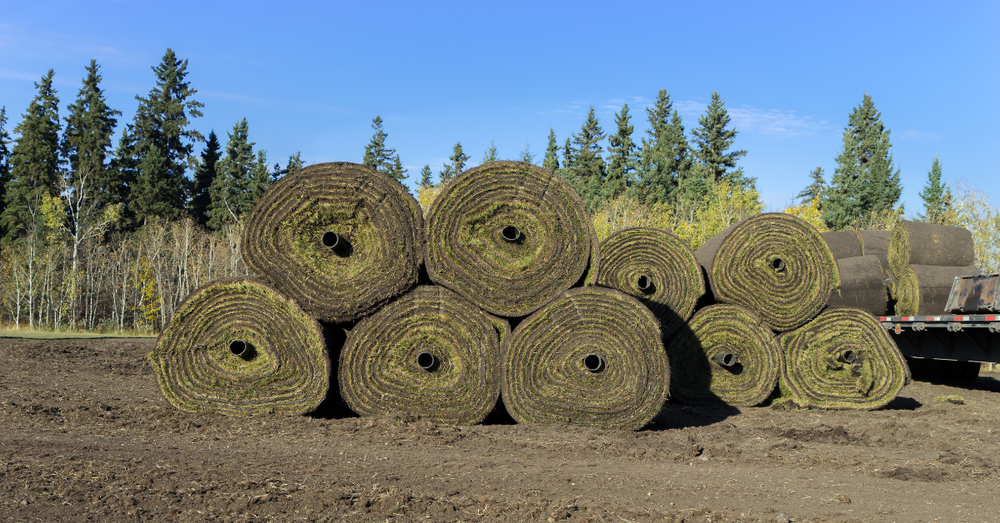
Choosing the Right Sod Roller for Your Business: Standard vs. Hydraulic Models
Posted by Spartan Equipment on 21st Oct 2025
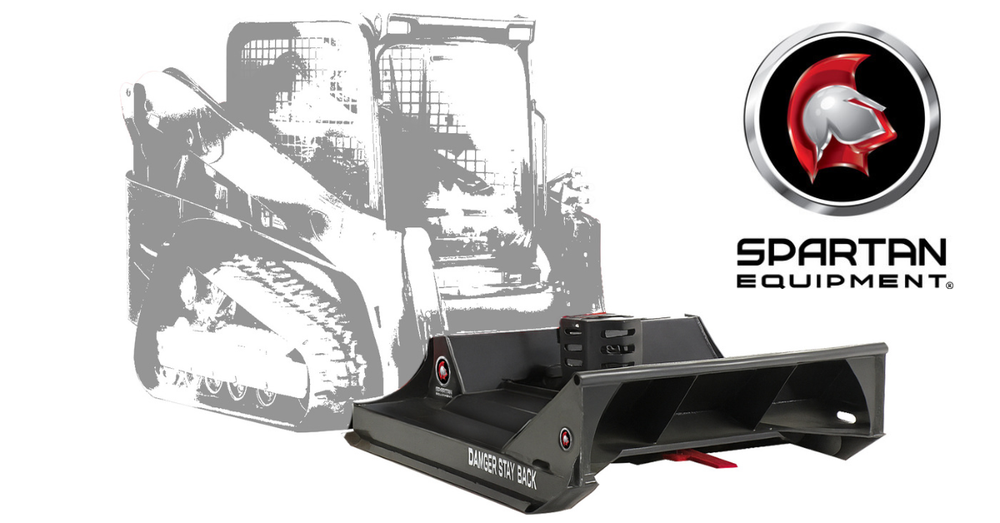
The Complete Guide to Skid Steer Brush Hogs: Power Through Any Land Clearing Project
Posted by Spartan Equipment on 3rd Oct 2025
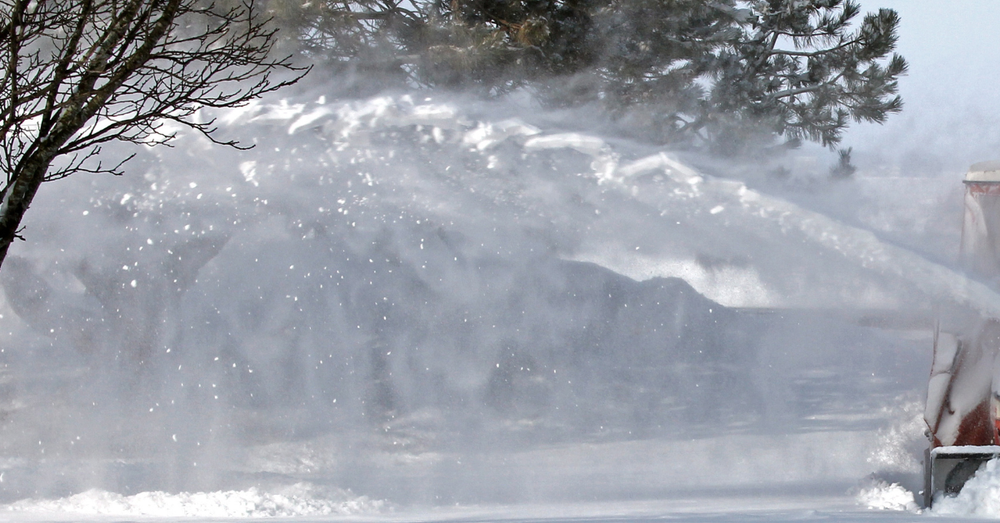
Snowblowers for Skid Steer Loaders: Power Through Winter with Confidence
Posted by Spartan Equipment on 3rd Oct 2025
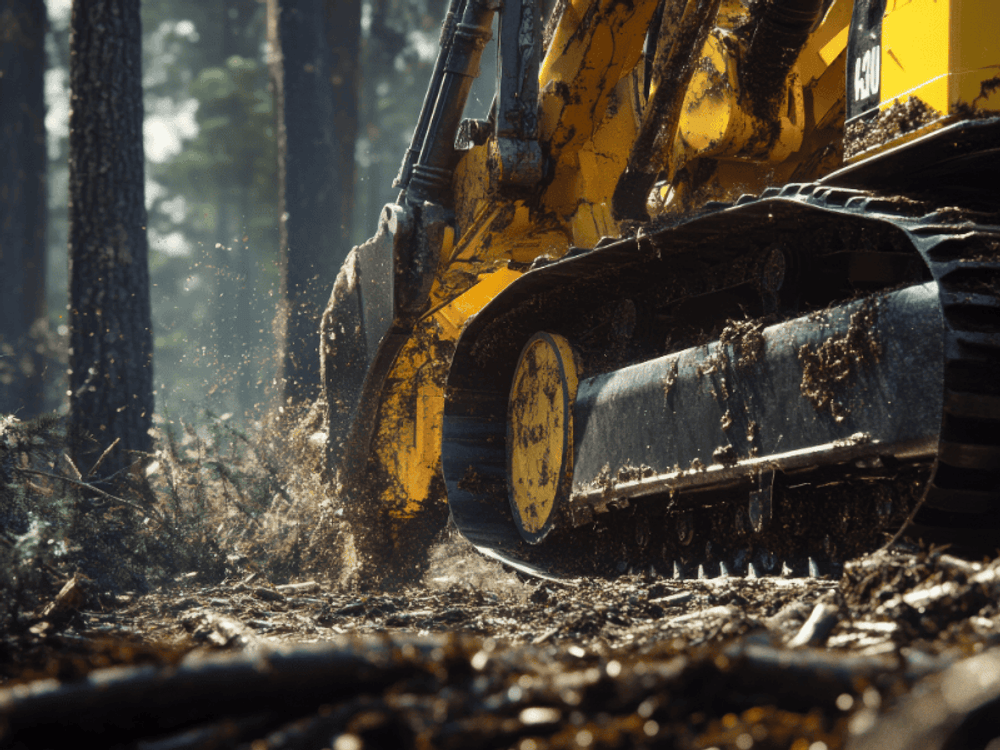
Getting Maximum Performance from Your New Skid Steer Brush Cutter Attachment
Posted by Spartan Equipment on 7th Sep 2025
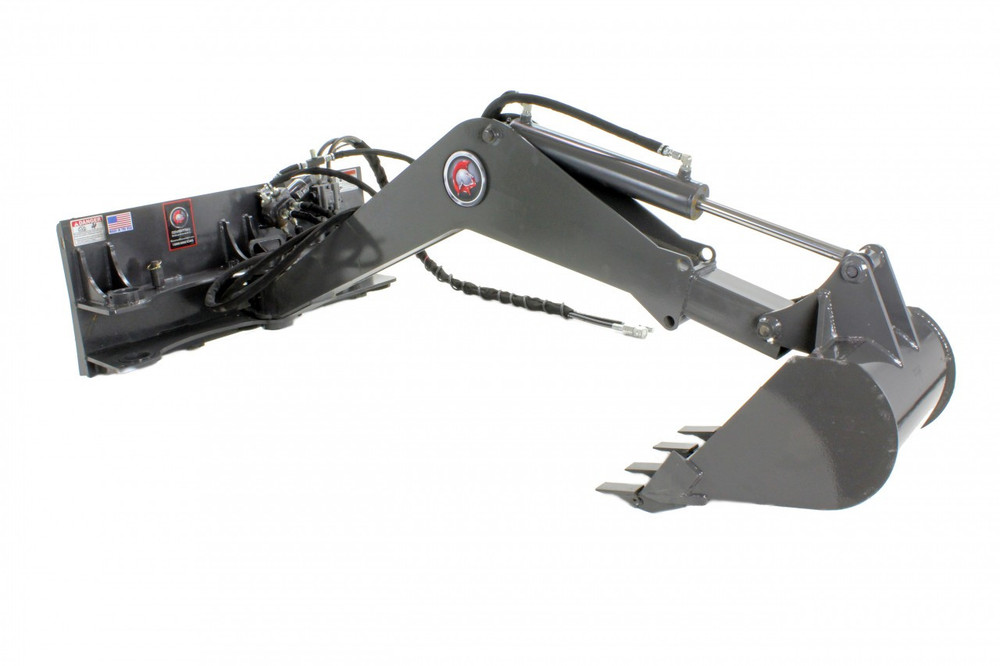
Selecting the Right Skid Steer Backhoe Attachments
Posted by BTC on 29th May 2025

Forged for Battle: The Spartan Warrior Ethos at Spartan Equipment
Posted by BTC on 27th May 2025

The Best Mini Skid Steer Attachments for Landscaping Projects
Posted by Spartan Equipment on 3rd Feb 2025
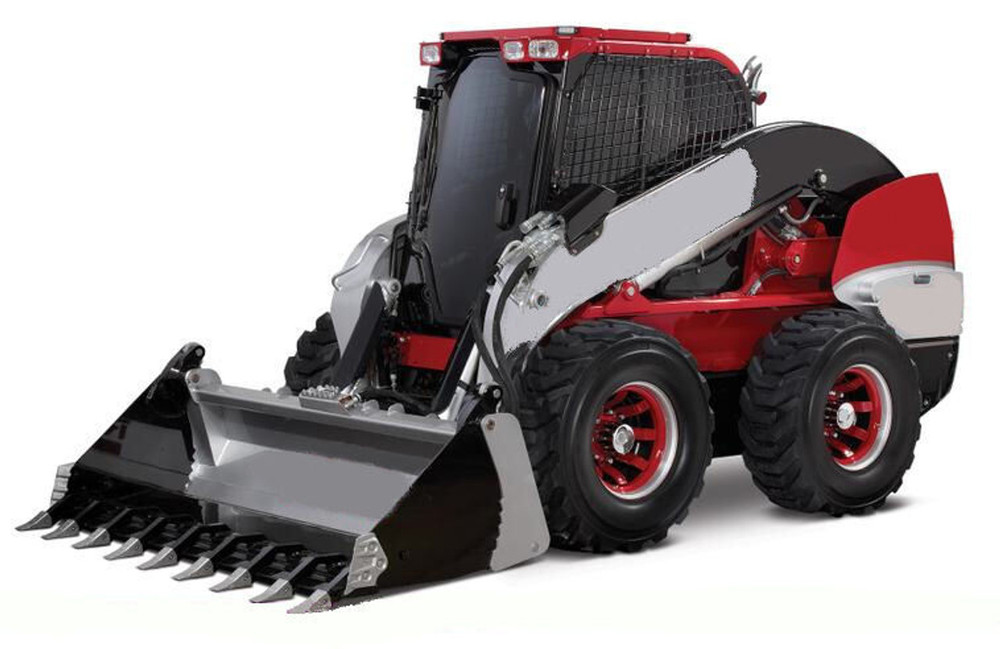
The Benefits of Using High-Quality Skid Steer Attachments for Municipal Maintenance
Posted by Spartan Equipment on 3rd Feb 2025
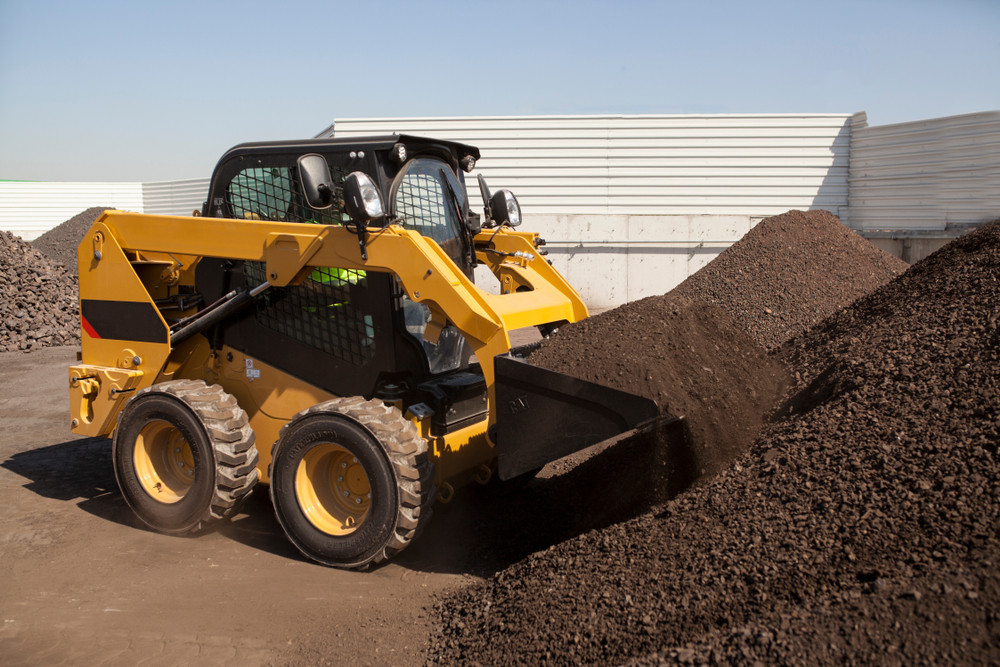
Top 10 Skid Steer Attachments for Construction Projects
Posted by Spartan Equipment on 3rd Feb 2025

Enhancing Agricultural Productivity with Mini Excavator Attachments
Posted by Spartan Equipment on 3rd Feb 2025
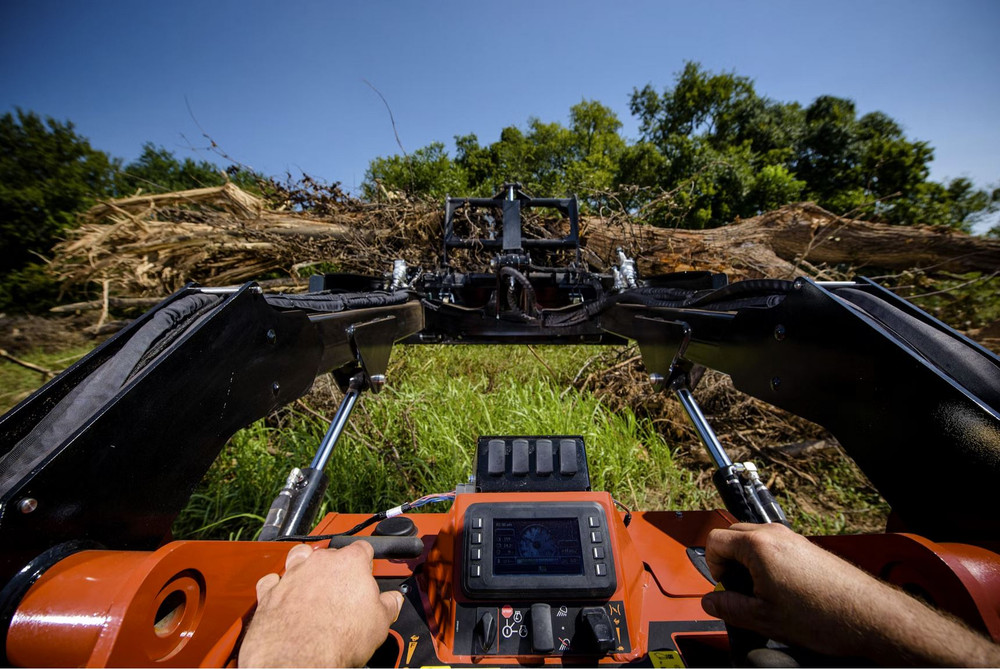
Which Mini Skid Steer Attachments Can Make You More Productive?
Posted by Brant Kukuk on 23rd Dec 2024


